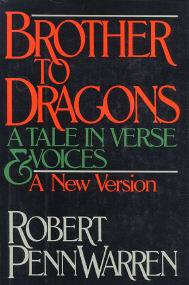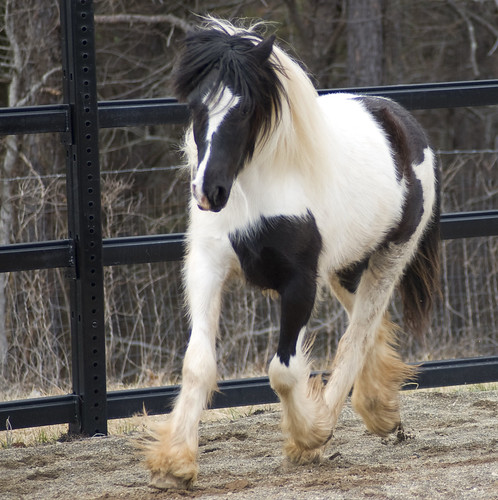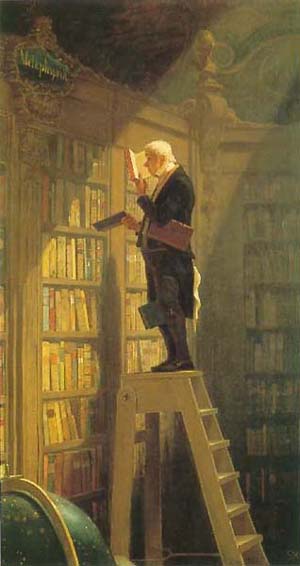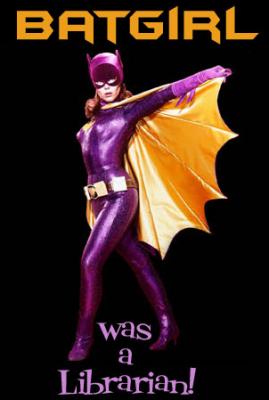 The animated version of this book opened in theaters just in time for the holidays and has several big stars doing the voices of the characters (Matthew Broderick as Despereaux; Dustin Hoffman as Roscuro; Emma Watson as Princess Pea; and Tracey Ullman as Miggery Sow). If I go to see the film, I think I'll have to wear a T-shirt that says "Don't Judge a Book by its Movie"--yes, there really is one available. Books are always better than the movies made from them. That's not to say that you can't like both.
The animated version of this book opened in theaters just in time for the holidays and has several big stars doing the voices of the characters (Matthew Broderick as Despereaux; Dustin Hoffman as Roscuro; Emma Watson as Princess Pea; and Tracey Ullman as Miggery Sow). If I go to see the film, I think I'll have to wear a T-shirt that says "Don't Judge a Book by its Movie"--yes, there really is one available. Books are always better than the movies made from them. That's not to say that you can't like both.This is a Newbery honor book written for ages 9-12. The book is four stories woven into one delightful tale. In Book the First, we find out about Despereaux Tilling, a mouse who loves music, stories, and a princess named Pea. In Book the Second, we find out about Roscuro, a rat who lives in darkness, but desires the light. In Book the Third, we are told the story of Miggery Sow, a slow-witted serving girl with an impossible wish to be a princess. And in Book the Fourth all these threads of stories are brought together in a very sweet conclusion.
Now I freely admit I'm a big fan of the author of this book, Kate DiCamillo. She writes for both children and adults and says she likes to think of herself as a storyteller. In fact at one point in this book she has the character Gregory the jailer tell Despereaux "Stories are light", and as preface to telling this story says "The world is dark, and light is precious. Come closer, dear reader. You must trust me. I am telling you a story."
In fact, she wrote this book because her best friend's son asked her to write a story for him about an unlikely hero with exceptionally large ears. And Kate has managed to pull it off in style. That is not surprising if you've read any of her other books--"Because of Winn-Dixie", "The Miraculous Journey of Edward Tulane", or "The Tiger Rising".
DiCamilla has said that she had a writing instructor once who told her that writing is all about seeing. It is the sacred duty of the writer to pay attention, to see the world. And DiCamilla takes that bit of advice to heart in all her writing. She is amazingly descriptive and perceptive of everything going on around her in the tales she tells. There is great emotional resonance in her writing. It will pluck your heart string. She says that what she discovered in her writing was that each time she looked at the world and the people in it closely, imaginatively, the effort changed her. The world, under the microscope of her attention, opened up like a beautiful, strange flower and gave itself back to her in ways she could never imagine. What stories are hiding behind the faces of the people who you walk past everyday? What love? What hopes? What despair? Kate knows and is able to communicate that to us in her stories.
Do yourself a favor and pick up this book or any other that the amazing Kate DiCamillo has written. You'll be glad you did.



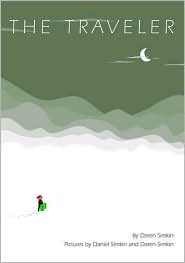
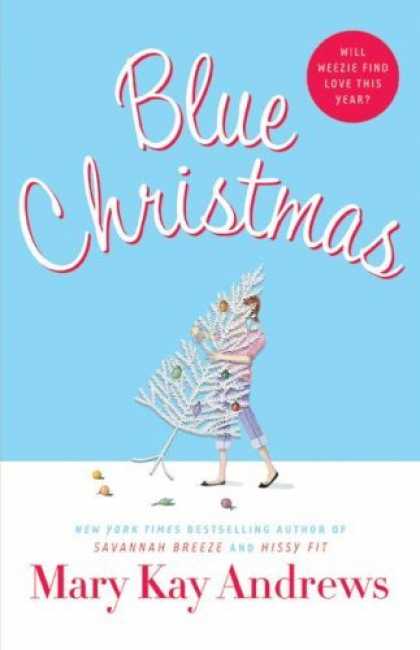

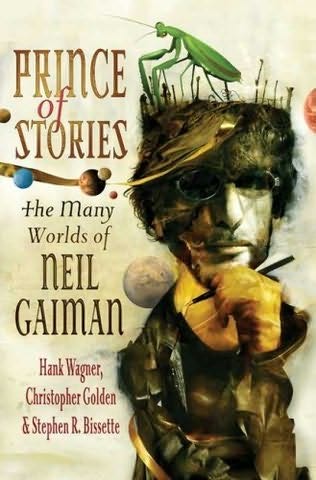




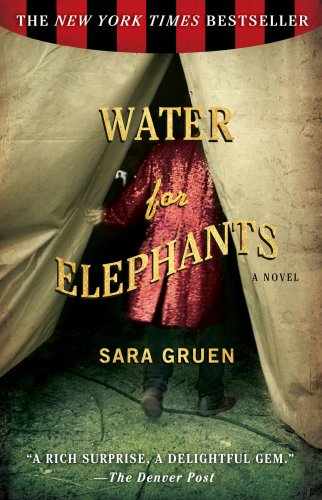








 Ford Nashett reading "Death Mines" from Haints
Ford Nashett reading "Death Mines" from Haints






